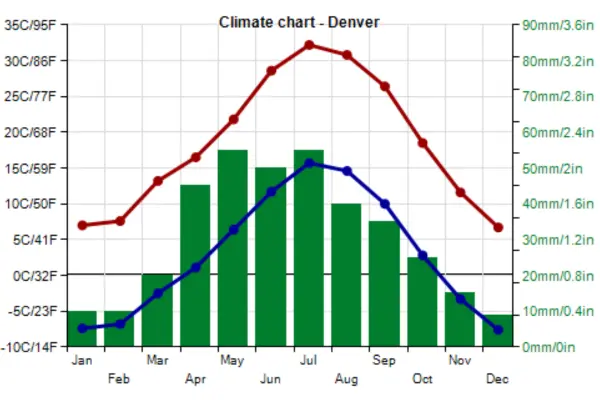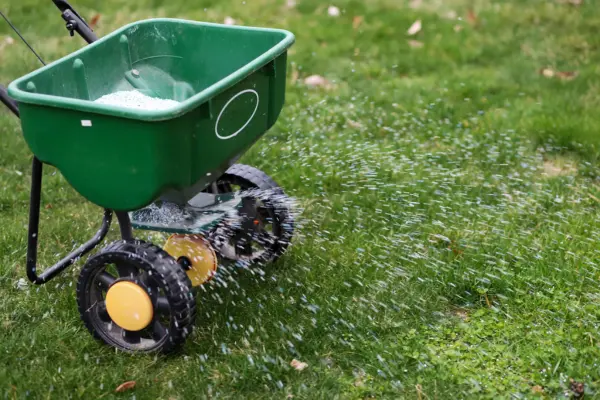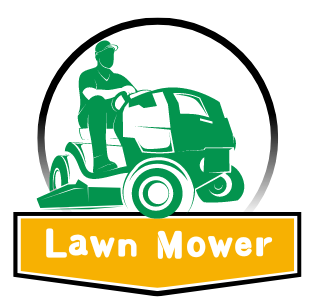To Keep Your Lawn Green and Healthy in Colorado requires an understanding of the state’s unique climate and its impact on grass care. Colorado’s diverse weather conditions—from cold winters to hot, dry summers—necessitate a tailored approach to fertilization.
This article will explore When to Fertilize Your Lawn in Colorado, provide insights into various grass types suitable for the region, and offer expert tips for achieving a healthy, lush lawn throughout the year.
Understanding Colorado’s Climate and Lawn Care Needs

Colorado’s climate changes a lot from one region to another, which affects how you should fertilize your lawn.
In the High Plains and Foothills, with their cold winters and hot, dry summers, you should fertilize early in the spring and late in the fall to help your lawn handle winter dormancy.
The Western Slope, which has cooler summers and harsh winters, needs regular fertilization in spring and summer to support its shorter growing season.
In the Denver Metropolitan Area, with its moderate climate and warm summers, a balanced fertilization schedule in spring and fall works best to match the growing seasons. Adapting your fertilization to these local conditions keeps your lawn healthy and thriving.
When to Fertilize Your Lawn in Colorado?

A well-timed fertilization schedule is crucial for providing your lawn with essential nutrients when it needs them most. Here’s a detailed month-by-month guide for Colorado’s climate:
Spring Fertilization (March to April)
Timing: Fertilize in late March to early April, as temperatures begin to rise and the risk of frost diminishes. This timing helps kickstart growth after the winter dormancy period.
Fertilizer Type: Use a balanced, slow-release fertilizer with ratios like 20-5-10 or 16-4-8. These ratios provide a comprehensive nutrient profile that supports early spring growth and recovery.
Application Tips: Opt for granular or slow-release fertilizers to ensure nutrients are gradually available. Apply evenly to cover all areas of the lawn.
Summer Fertilization (June to August)
Timing: Apply the second round of fertilization in mid-June to early July. This aligns with peak growth periods and helps your lawn cope with the heat and dryness of summer.
Fertilizer Type: Choose a slow-release nitrogen fertilizer with a ratio like 20-0-10. This promotes steady growth without causing excessive leaf production, which can be problematic during dry conditions.
Application Tips: Be mindful of watering practices. Overwatering can lead to nutrient runoff, while underwatering can impede nutrient absorption.
Fall Fertilization (September to October)
Timing: Complete the final fertilization by late September or early October. This timing ensures that nutrients are available as the grass begins to prepare for winter.
Fertilizer Type: Use a fertilizer with higher potassium content, such as 10-10-20 or 5-10-30, to enhance root strength and disease resistance, which is crucial before winter.
Application Tips: Avoid late fall applications to prevent excessive growth that could be damaged by early frosts.
Winter Care (November to February)
Fertilization: Generally, fertilization is not needed during winter, especially in regions with significant snowfall and cold temperatures.
Alternative Practices: Focus on winter lawn care tasks such as reducing thatch, inspecting for pests, and preparing your irrigation system for the upcoming growing season.
Considerations Based on Grass Type and Altitude
Cool-Season Grasses (Kentucky bluegrass, fescue, ryegrass): These grasses thrive in Colorado’s cooler temperatures and benefit most from fall fertilization.
A lighter application in early spring can also be beneficial.
Warm-Season Grasses (Bermuda grass, zoysia grass): These grasses prefer warmer temperatures and do best with fertilization in late spring through summer.
Avoid fertilizing in the fall, as it can encourage new growth that is susceptible to winter damage.
Altitude: Higher altitudes experience colder temperatures and shorter growing seasons. Adjust your fertilization schedule accordingly.
In areas like Colorado Springs, aim to fertilize in late summer/early fall to ensure nutrients are absorbed before the ground freezes.
Creating a Lawn Watering Routine in Colorado
Colorado’s climate requires specific lawn care routines, influenced by grass type, soil composition, and local weather.
Popular cool-season grasses like Turf Type Tall Fescue, Perennial Ryegrass, and Kentucky Bluegrass thrive in Colorado but need regular watering to remain vibrant.
Efficient Watering Techniques
Watering correctly is crucial for maintaining a healthy lawn. The general rule is to water when the lawn is dry. To check soil moisture, insert a screwdriver about three inches down. If the soil is wet, skip watering; if dry, it’s time to irrigate.
Aim to water deeply and infrequently to encourage drought-resistant roots. Signs of a dry lawn include a blue-green hue, wilting, and visible footprints.
Best Time to Water
The optimal watering times are between 10 PM and 6 AM. Cooler temperatures, higher humidity, and less wind during these hours enhance water absorption.
If this timing is not feasible, watering between 9 AM and 11 AM is also effective.
Conclusion
Maintaining a vibrant, green lawn in Colorado requires careful planning and attention to the specific needs of your grass type and local climate conditions.
By following a well-timed fertilization schedule and incorporating appropriate lawn care practices, you can achieve a healthy and beautiful lawn year-round. Tailor your approach based on regional climate variations and grass types to ensure the best results.
FAQs
How Often Should I Fertilize My Lawn in Colorado?
Fertilize your lawn twice a year—once in early spring (March-April) and once in late fall (September-October). Depending on the grass type and specific lawn conditions, you might need additional applications during the growing season.
What is the Best Month to Fertilize Your Lawn?
In Colorado, the best months for fertilization are late March to early April for spring, mid-June to early July for summer, and late September to early October for fall. Avoid fertilizing during winter unless the lawn is actively growing.
Should You Fertilize Before or After Mowing?
Fertilize after mowing. This ensures that the fertilizer can make direct contact with the soil and grass roots without being obstructed by longer grass. Mowing before application allows for better nutrient absorption.
What Fertilizer to Use in Spring in Colorado?
In spring, use a balanced, slow-release fertilizer with a ratio like 20-5-10 or 16-4-8. These types provide essential nutrients for initial growth and recovery from winter dormancy.

